Family Trends Chapter Notes | Social Studies Class 3 ICSE PDF Download
| Table of contents |

|
| Introduction |

|
| What is Family |

|
| Types of Families |

|
| Generations |

|
| Working Parents |

|
| Changes in the Family |

|
| Adapting to Changes |

|
| Point To Remember |

|
| Glossary |

|
Introduction
Family is a group of people who love and care for each other. In this chapter, we will learn about different kinds of families, how families change, and how we can adjust to those changes. We will also see how a family tree shows the people in a family and their generations. Let’s find out more about families and how they grow or become smaller!
What is Family
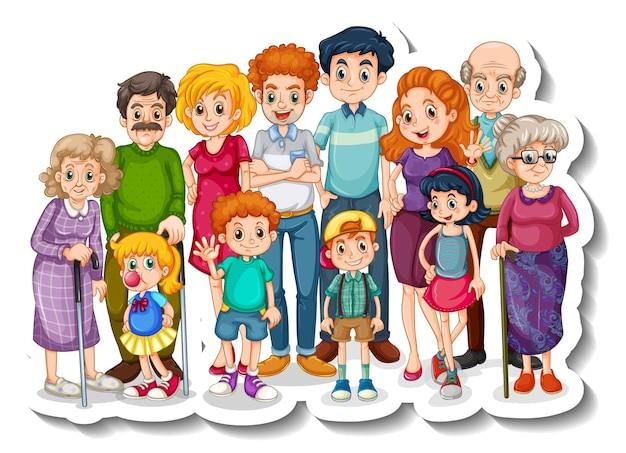
- A family is a group of people who are related to each other.
- They can be mother, father, brothers, sisters, uncles, aunts, cousins, and grandparents.
- They all live in the same house and are very important to us.
- From the day we are born, we become a part of a family.
- Family members love each other in many ways.
- They look after each other’s needs and share happy and sad times.
- They also take care of anyone in the family who is unwell.
Types of Families
Every family is different and can be of many types. They are:
Joint Family
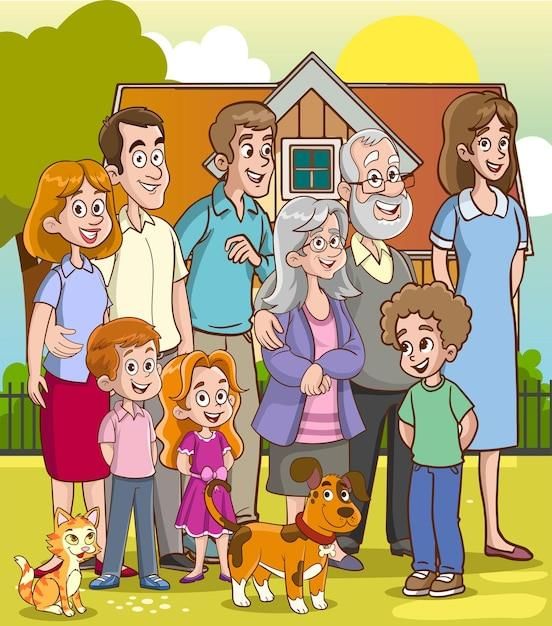
- In a joint family, grandparents, parents, aunts, uncles, and children live together in one house.
- All the family members enjoy spending time with each other in a joint family.
Nuclear Family
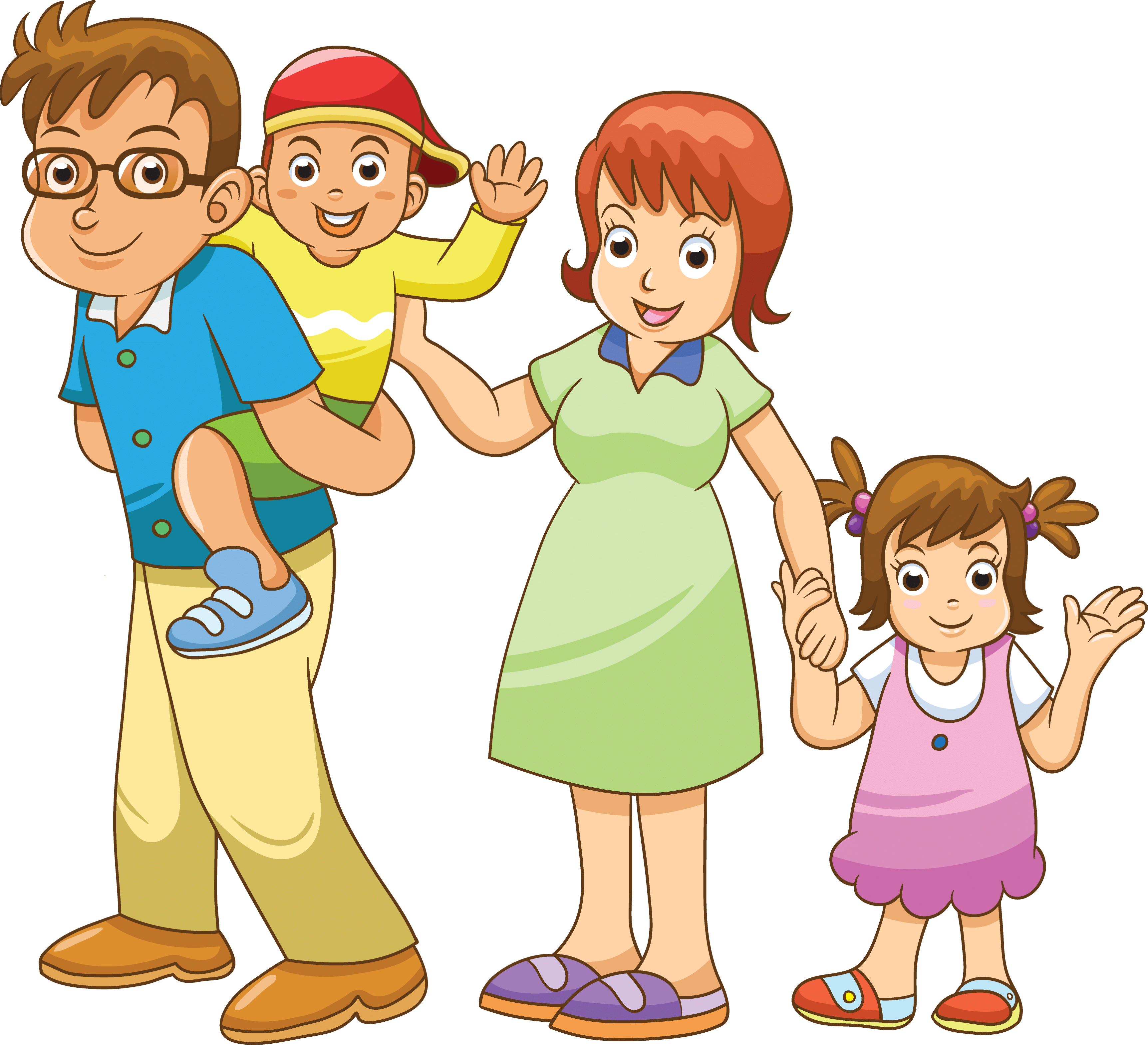
- A nuclear family has parents and their children living together in the same house.
- They meet other family members like grandparents on special days to celebrate together.
Single-parent Family
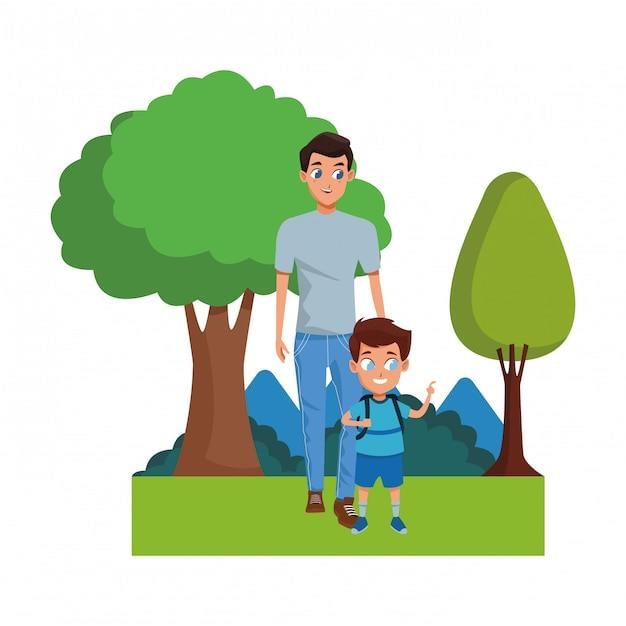
- In a single-parent family, children live with only one parent. This type of family is called a single-parent family.
Generations
- A generation is a group of people who are born and live around the same time.
- You have not seen your parents’ or grandparents’ childhood because you were not born when they were kids.
- Your parents were also not born when your grandparents were small children.
- You are in one generation, your parents are in the generation before you, and your grandparents are in the generation before your parents.
- We learn about our past generations by talking to our parents or grandparents.
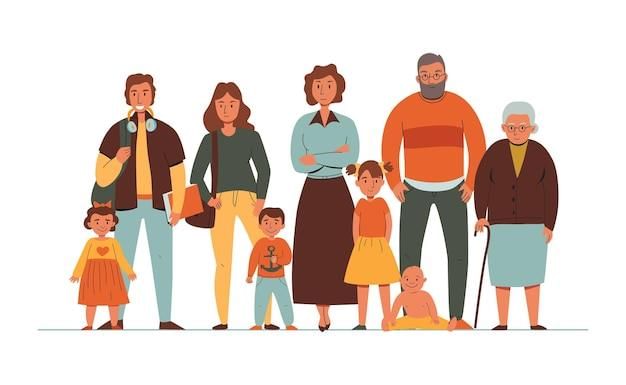
Family Tree
A family tree shows how family members are related to each other. It also shows people from different generations in the family.
For Example:
Diya Says...
This is my family tree. I made it with the help of my mother. It shows different generations of my family.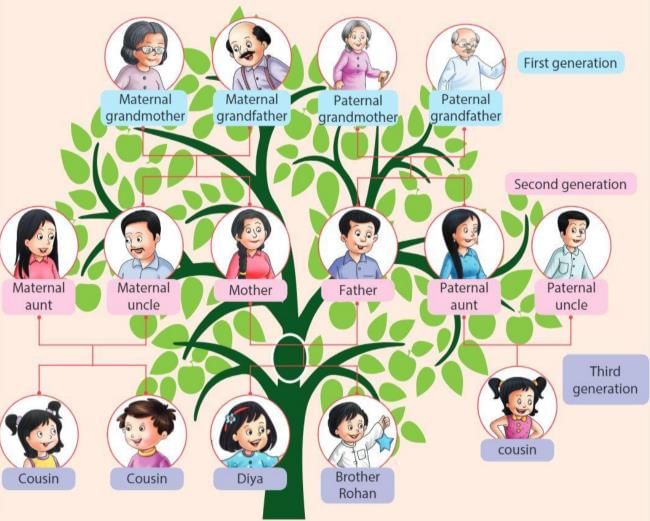
Fun Fact
The features we get from one generation to another are called hereditary features.
Working Parents
- In a family, all family members work together to take care of each other’s needs. Our parents work at home to make us comfortable. They also work outside the home to earn money and provide for our needs.
- In old times, the father worked outside the home to earn money, and the mother took care of the house.
- Now, in many homes, both parents work outside and also do household work. Working parents may need helpers or crèches to look after their children.

- In many joint families, grandparents or other family members take care of the children of working parents.
Changes in the Family
Changes happen in the family all the time. We see many changes in our family.
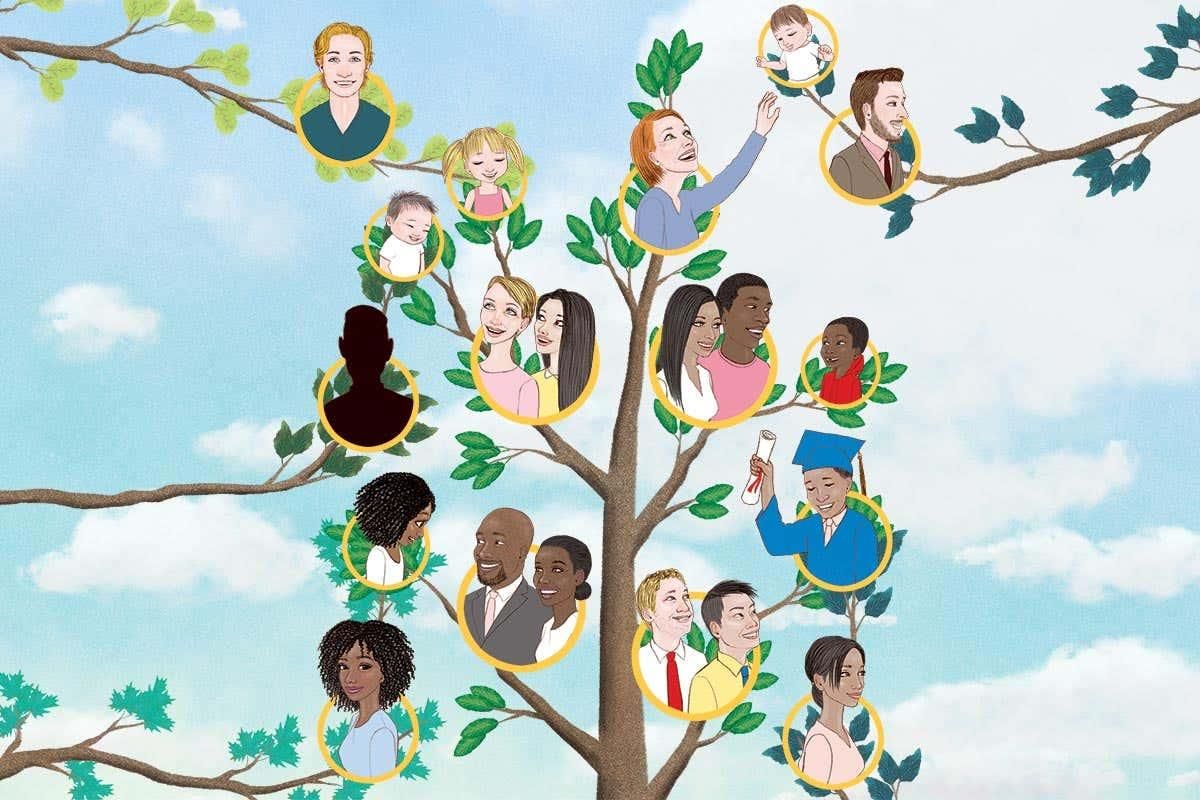
Increase in Family Size
A family grows when new members are added to it. Let’s talk about when this happens:
Birth of a Baby
- A new member joins the family when a baby is born.
- The family grows and changes with the birth of a baby.
- The baby becomes a brother or sister to the older child.
Adoption of a Child
- Some parents adopt a child who is not born to them to be part of their family.
- An adopted child becomes a new member of the family.
- The child gets love and care from the new family.
Marriages
- A new member becomes part of our family after getting married to one of our relatives.
- We welcome the new member with happiness and celebrations.
Decrease in Family Size
- A family also changes when some members go away, and the family becomes smaller.
- Many parents, with their children, may move to a new house in the same city, a different city, or a different country.
- In such cases, many joint families become nuclear families.
- This may happen because of a new job or to move to a new house if the family grows.
- It can also happen if the space in the current house becomes too small.
- Some children also move out of the house to a different city or country for better education.
- Family size becomes smaller when a member moves out after getting married.
- It also becomes smaller if there is a death in the family.
Adapting to Changes
- Adjusting to the changes around us is called adaptation.
- When a new member joins the family due to birth, adoption, or marriage, family members make changes in their role, daily routine, and space in the house to make the new member comfortable.
- When people shift from a joint family to a nuclear family, they have to adjust to their new life.
- Parents have to manage their time to do household chores, manage the children, and earn a living.
- The children also need to learn to be more independent and responsible.
- Both the children and the parents adapt to changes to make life easy and comfortable.
- In the same way, family members support each other in case of a death in the family.
- So, when there is any change in the family, it is important to learn to adapt to changes.
Point To Remember
- A family is a group of people who are related to each other.
- Families are of three types: nuclear, joint, and single-parent.
- A family has people belonging to different generations.
- Family size increases either by birth, adoption, or marriage.
- Family size reduces when members move out or when there is a death in the family.
- Changes happen all the time, and we have to learn to adapt to changes.
Glossary
- Household: A home where family members live and share meals.
- Crèche: A nursery taking care of young children.
- Sibling: Brother or sister.
- Transfer: To move from one place to another.
- Limited: Small in size.
- Existing: That which is going on in the present time.
- Adapt: Adjust to a new environment.
|
74 docs|15 tests
|
FAQs on Family Trends Chapter Notes - Social Studies Class 3 ICSE
| 1. What are the different types of families? |  |
| 2. How does a family tree represent generations? |  |
| 3. What challenges do working parents face in modern families? |  |
| 4. How has the concept of family changed over the years? |  |
| 5. How can families adapt to changes in their dynamics? |  |















